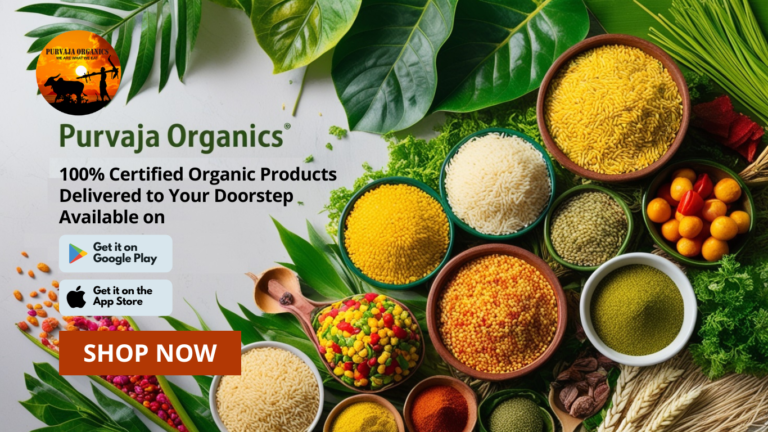In recent years, the conversation around food choices and their impact on health and the environment has gained significant momentum. One prominent debate revolves around the choice between organic and non-organic produce. As consumers become more conscious of the origins of their food, it’s essential to unravel the differences between these two categories.
Defining Organic Produce:
Organic produce refers to fruits, vegetables, and other agricultural products grown without the use of synthetic pesticides, herbicides, genetically modified organisms (GMOs), and chemical fertilizers. Instead, organic farmers rely on natural methods such as crop rotation, composting, and the use of beneficial insects to maintain soil fertility and control pests.
The Green Benefits of Organic:
- Reduced Chemical Exposure: One of the primary reasons individuals opt for organic produce is to minimize exposure to synthetic chemicals. Organic farming methods prioritize the use of natural substances, fostering cleaner and healthier food options.
- Nutrient Density: Studies suggest that organic produce may have higher nutrient levels compared to their non-organic counterparts. The focus on soil health in organic farming contributes to the production of nutrient-rich crops.
- Environmental Sustainability: Organic farming practices are designed to promote sustainability. By avoiding synthetic chemicals, organic agriculture minimizes harm to soil, water, and ecosystems, fostering biodiversity and reducing the overall ecological footprint.
Navigating Non-Organic Produce:
- Lower Cost: Non-organic produce often comes with a lower price tag. For individuals on a budget, this can be a deciding factor, allowing access to a variety of fruits and vegetables without breaking the bank.
- Conventional Farming Efficiency: Non-organic farming methods often involve the use of chemical fertilizers and pesticides, which can enhance crop yield and reduce the impact of pests. This efficiency contributes to a more stable and consistent food supply.
- Accessibility: Non-organic produce is widely available in mainstream grocery stores, providing convenience and accessibility for consumers who may not have easy access to organic options.
The Verdict: Making Informed Choices:
Ultimately, the decision between organic and non-organic produce comes down to personal priorities, values, and budget constraints. While organic produce offers potential health and environmental benefits, non-organic options provide affordability and widespread availability.
For consumers seeking to strike a balance, consider prioritizing organic choices for items on the Environmental Working Group’s “Dirty Dozen” list, which highlights produce with higher pesticide residues. Meanwhile, non-organic produce can still be part of a healthy diet, especially when considering items from the “Clean Fifteen” list with lower pesticide residues.
In conclusion, the choice between organic and non-organic produce is a nuanced one. By understanding the advantages and considerations associated with each, consumers can make informed decisions that align with their health goals, environmental concerns, and budgetary constraints. It’s not just about what’s on the plate; it’s about the journey from farm to fork and the impact it has on our bodies and the planet.




